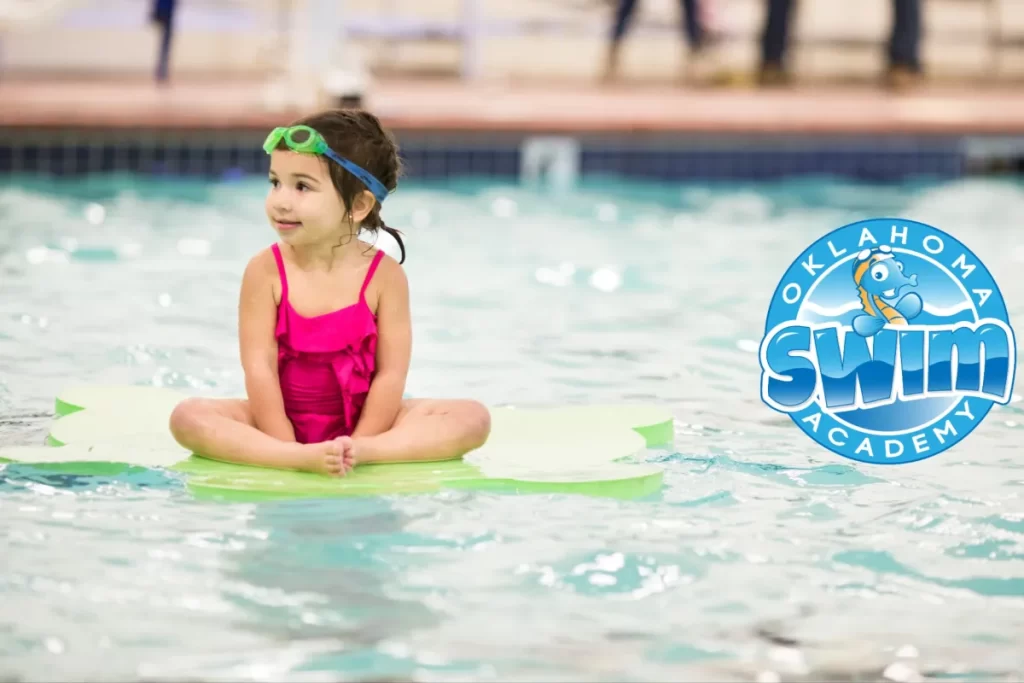NATIONAL WATER SAFETY MONTH
Blog

As the school year fades to its end, and the weather warms and welcomes outdoor activities, it is important to remember what these things mean. They mean more time with kids, more family outings, and for many, they mean more time at the pool. Taking time to communicate the importance of water safety can be life-saving.
There is no coincidence that May has been designated as National Water Safety Month. Now is the time to be talking with your kids about how to have fun safely around water and to have conversations with your friend’s poolside about all the layers of protection you can add to prevent aquatic accidents. With summer right around the corner, take the time to make water safety a priority. By June the pools will be full of laughter and shouts of excitement, so May is the time to make sure that all that excitement and laughter will be happening as safely as possible!
National Water Safety Month is about awareness. It is about communication. It is about being an ambassador of all things that put our loved ones in the safest place possible.
As you consider the water safety tips you can provide for your friends and families this summer, please consider the following layers of protection that we recommend:
- Supervise Your Swimmers – Keep a watchful eye, or even better; get in the water with them. They will be safe and have fun playing with you! Because drowning occurs quickly and quietly, adults should not be involved in any other distracting activity (such as reading, playing cards, talking on the phone, or mowing the lawn) while supervising children, even if lifeguards are present.
- Communicate Rules – Be sure to explain the rules of the swimming pool clearly. You can also create rules before they get in the water in addition to the rules of the pool or swim area. Make your own safety measures such as “always enter feet first” or pay attention to the numbers on the side of the pool (explain those numbers mean how deep the water is and how they are important to know where we can touch and where we cannot).
- Understand Pros and Cons of Floaties and Water Wings – While these can be helpful keeping kids floating, it is easy to grow too dependent on them (both kids and parents). They can bring a false sense of security and make children overconfident around water without giving them skills to survive. Kids with this overconfidence may not respect the water and may be more likely to try to go near water alone. Parents can place too much trust in the floaties and feel like they no longer need to watch their children at the pool. Depending on the brand and quality of floaty, it is possible to deflate, or water wings to come off, so supervision still is very important. If flotation devices are a part of your layers of protection, we recommend finding life jackets that have the seal of Coast Guard approval.
- Learn Water Safety Skills – Find swim lessons that teach survival skills as a foundation to the program. Learning to remain calm and confident in the water as an infant or toddler and developing the ability to roll to their back and float can save lives and be a foundation for a lifelong love of swimming. Circling back to point 3, if you are taking survival swim lessons we recommend swimming with your kids after they’ve learned these skills rather than putting floaties on them. While there is certainly a time and a place for flotation devices (large bodies of water such as oceans or lakes, moving bodies of water, and on any swimmer that does not have water safety skills in any body of water), floaties do promote poor body position for swimmers and can shift the child’s dependence from themselves back to the floaties causing a regression in skills.
- Safeguard Your Pool – If you are a pool owner, you have both a terrific blessing and a terrific responsibility. Private pools can be the source of unlimited fun or the unimaginable, so please take every precaution possible to protect not only your children, but your neighbors’ and community’s as well.
- Fully Enclose Pools With Fences – Fences should be built at least 4 feet high.
- Install Self-Latching Gates – Other types latches may cause gates to be left open.
- Clear the Deck and Pool Area of Toys – Do not give a toddler a reason to try to find a way into the area by leaving toys out that may tempt them.
- Learn CPR – This is a skill we all hope to never need, but we should all have the ability to use if a need were to arise.
Any one of these layers of protection can save lives, but when we put them all together we create a shield that safeguards our families and communities in a way that not only saves lives, but comes with a sense of security and peace of mind as well. Please join us in being ambassadors for water safety this month and promote a comprehensive approach to drowning prevention!
by Brian & Megan Bachman
Oklahoma Swim Academy
